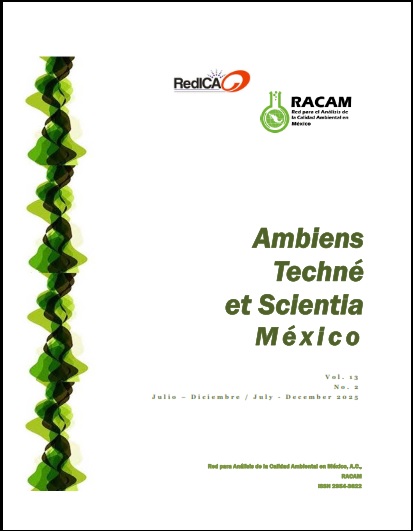Chemical and biological comparison of alkaline extruded and nixtamalized maize-sorghum meals
Keywords:
Maize (Zea mays), sorghum (Sorghum bicolor L. Moench)Abstract
Maize (Zea mays) is the staple food of Mexico and its main form of consumption is the tortilla. This product is prepared using the pre-Columbian alkaline leaching technique known as nixtamalization. Sorghum (Sorghum bicolor L. Moench) is the second cereal cultivated in Mexico, but its use is mainly as a feed for polygastric animals because of the presence of tannins that make its protein undigestible to monogastric animals. Chemical and biological experiments using model animals have been carried out to corroborate its nutritional value compared with maize. Mixtures from zero to 100 percent maize:sorghum were prepared by nixtamalization and by alkaline extrusion. Chemical analyses of calcium and tannins concentrations, in vitro and in vivo digestibility, and PER tests were performed. Alkaline extrusion of all meals, when compared with nixtamalization improved both the in vitro and in vivo digestibility. PER values in all meals were low when compared with casein. However, nixtamalized and alkaline extruded mixtures of maize:sorghum with up to 40 per cent sorgum have comparable PER values to 100 per cent alkaline extruded and nixtamalized maize meals.
Downloads
Downloads
Published
Issue
Section
License
Copyright (c) 2025 Ambiens Techné et Scientia México

This work is licensed under a Creative Commons Attribution-NonCommercial 4.0 International License.



